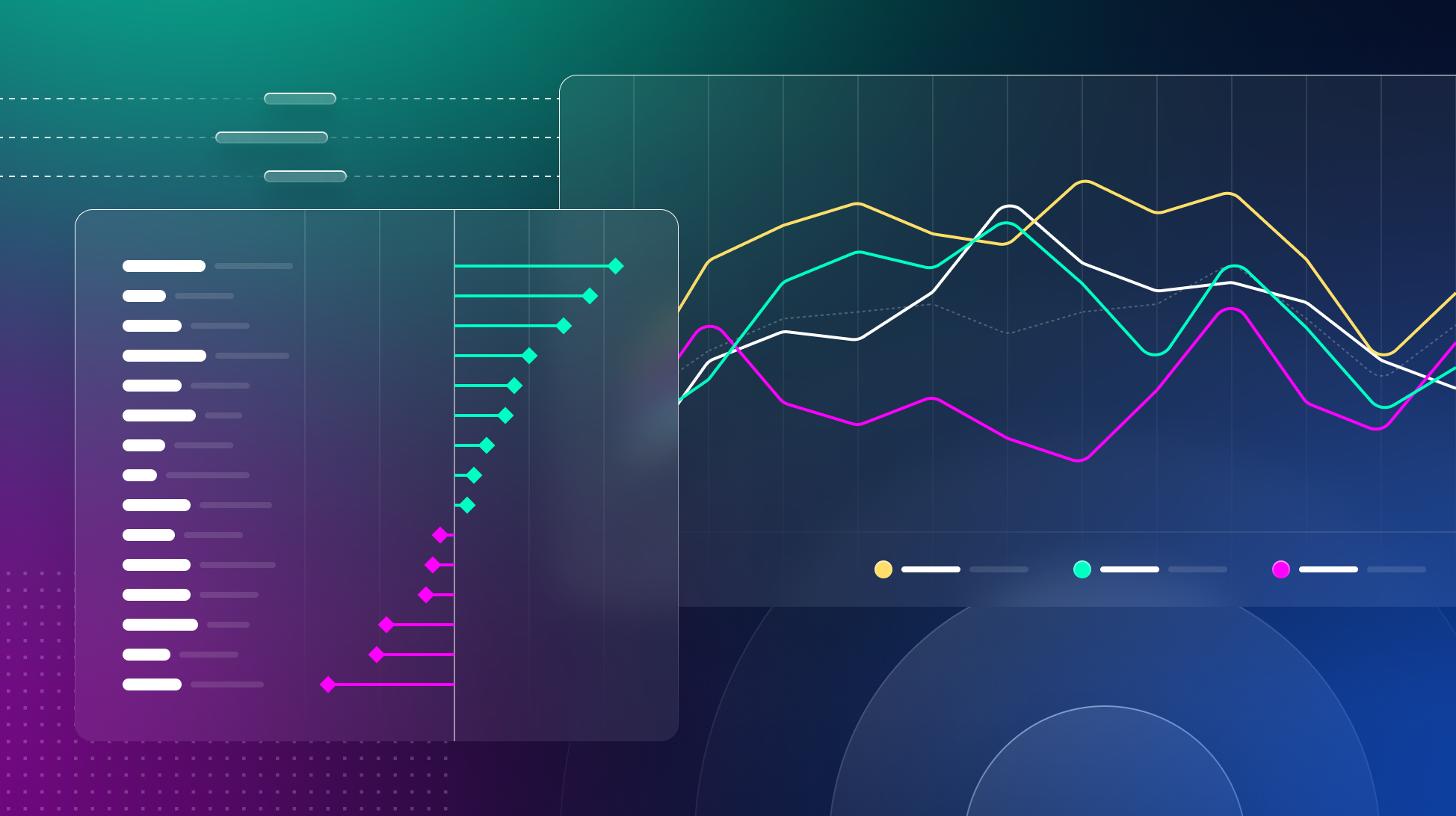
How to Build an Effective Design System Team
Discover how to build an effective design system team with insights from industry leaders. Learn about the importance of human skills, structuring your team, and departmental alignment.
Design systems are the source of truth, governing principles, and componentized delivery of design artifacts that repeatedly solve commonly recurring problems across an organization. Put simply, they’re the DNA of product design.
But these systems wouldn’t exist without the people who build, maintain, and govern them. That’s where design system teams come in.
Design system teams don’t just build components and document how to use tokens. A huge part of their jobs is actually understanding business needs and communicating with stakeholders to shift the way product development teams inherently work.
So, you might be wondering: How do I build an effective design system team?
We chatted with Emi Lyman (Principal Engineer and Enterprise UI Lead at Target) and PJ Onori (previously Design Manager, Gestalt Design System at Pinterest) to get their advice and learn from their experiences building and leading design system teams.
Prioritize human skills when hiring.
While design systems are highly technical, both Emi and PJ emphasized the importance of human or people skills when hiring. Look for people who want to work in open, collaborative ways, take and provide feedback well, and have high EQ.
“In order to be effective, our team has to be able to engage meaningfully with the people we serve and provide them with excellent support and features,” — Emi Lyman, Principal Engineer and Enterprise UI Lead at Target
“In order to be effective, our team has to be able to engage meaningfully with the people we serve and provide them with excellent support and features,” Emi commented. “So, I would look for someone who is driven to help other engineers solve problems. We most need people who can see the big picture and pull the engineering, user experience, and accessibility communities together to create solutions that work better for everyone.”
PJ added that they “need people to enjoy interacting with the design systems team” so they actually use and engage with the system. This makes it all the more important to hire people who collaborate and communicate well with others.
Structure your design system team to meet the needs of your organization.
This might sound kind of obvious, but it’s key to building an effective team and design system.
Emi shared that Target has a variety of products and technical implementations, so they have Design Systems engineering teams that support each one, like self checkout, Target.com, or internal software.
They added that, “Teams collaborate to create and maintain shared assets like tokens and icons and we have a shared documentation platform. Each engineering team is also supported by UX and Accessibility partners.”
When building a team from scratch, PJ recommended looking at where the gaps are in your organization and hiring to fill them.
"I needed something that was unique about the team that I could pitch, so I put a big push on accessibility..." — PJ Onori previously Design Manager, Gestalt Design System at Pinterest
“I needed something that was unique about the team that I could pitch, so I put a big push on accessibility since it was ignored by the rest of the organization,” reflected PJ on how he started building the Gestalt team. “It painted a bright line between feature designers and the systems design team.”
It doesn’t really matter what department you report into.
Design systems touch and influence a number of disciplines, so you’ll see design system teams sitting in a variety of departments from product design to engineering to core services. At the end of the day, there’s no correct answer.
Instead, Emi and PJ advised thinking through:
- Where can design systems be most effective?
- Which department has better leadership?
- Does the department’s leadership fundamentally understand the purpose of design systems and your team’s goals?
- How will sitting in a specific department affect your team’s career growth?
- How open is that department to working collaboratively with other teams?
For some teams, the best answer could be a design system team reporting into digital products. For another, it could be design system designers reporting into product and design system developers reporting into engineering. Pick what’s right for you and your organization, and keep in mind that reporting lines can (and often do) change.
It’s all about people.
At the end of the day, you’re building a team of people who are working on a system to support other people. As you’re structuring your team and thinking about who to hire, consider where the gaps are and who could fill them.
Your team and how well they work with other teams is just as important, if not more, than the technical chops of your design system.



